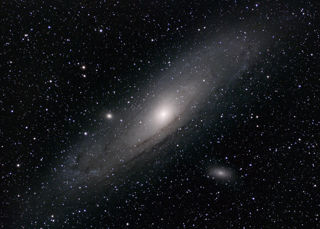
NWA 869 Meteorite
NWA 869 Meteorite
This NWA 869 meteorite is part of a large fall of meteorites that have been recovered from North West Africa. NWA 869 pieces first started showing up in 1999 from the Algerian desert at Tindouf. As with many meteorites found in North West Africa, the exact location of their discovery is a mystery - leading to them being named as NWA (North West Africa).This Stony meteorite is an Ordinary Chondrite - containing chondrules (small round mineral grains). Chondrules are believed to be the building blocks of the Solar System. They formed as molten droplets in space, before joining together with other material to form larger objects like asteroids. Chondrules are some of the oldest solid material in the Solar System, and when they are present in a meteorite like this one, we know that they have not melted since they were first formed. This means that they have not changed for 4.55 billion years - making them older than Planet Earth.
Over one and a half tons of NWA 869 meteorite has been collected since 1999. It is not known how long ago the meteorites fell to Earth. This sample shows the effect the atmosphere has on a meteoroid during its fall to Earth. Due to its high speed as it falls to Earth, pressure and friction cause the object to get so hot that its surface begins to melt. As the object is slowed by the atmosphere, it very quickly cools - forming something called a fusion crust. This fusion crust is a glassy, normally black, outer layer that is a good way to identify a meteorite - and clear evidence of its fiery journey through the sky. This NWA 869 sample has a nice fusion crust, which has been chipped off on one corner, showing how thin this layer is.
Audio
Meteorites and Fusion Crust
More information
Object number
H2002-7
Location
Off site on loan
Curator's comments
In the audio clip you can hear our curator explaining the fusion crust that is often found on Stony meteorites
Has this object been into space?
Yes
Dimension - Dimension, Value, Measurement unit
Length: 8.5cm
Width: 5.4cm
Height: 5.1cm
Weight: 387g
Material
Chondrules
Breccia
Olivine
Feldspar
Iron-Nickel Alloy (Meteoric Iron)
Troilite
Materials & techniques note
Stony meteorite
Associated Place
Algeria
On Display Status
Handling collection
Copyright and Photos
Photography is shared via the license below.
However, some objects on this website are on loan to the National Space Centre and are being shared through the permission of their owners.
Commercial use of images from this website is not allowed without additional permissions being granted. To request permission to use images for purposes not covered in the license below, please contact [email protected]
Individual objects on loan to the National Space Centre may have additional copyright permissions, so advice should always be sought before use.
![]()
This work is licensed under a Creative Commons Attribution-NonCommercial 4.0 International License.






